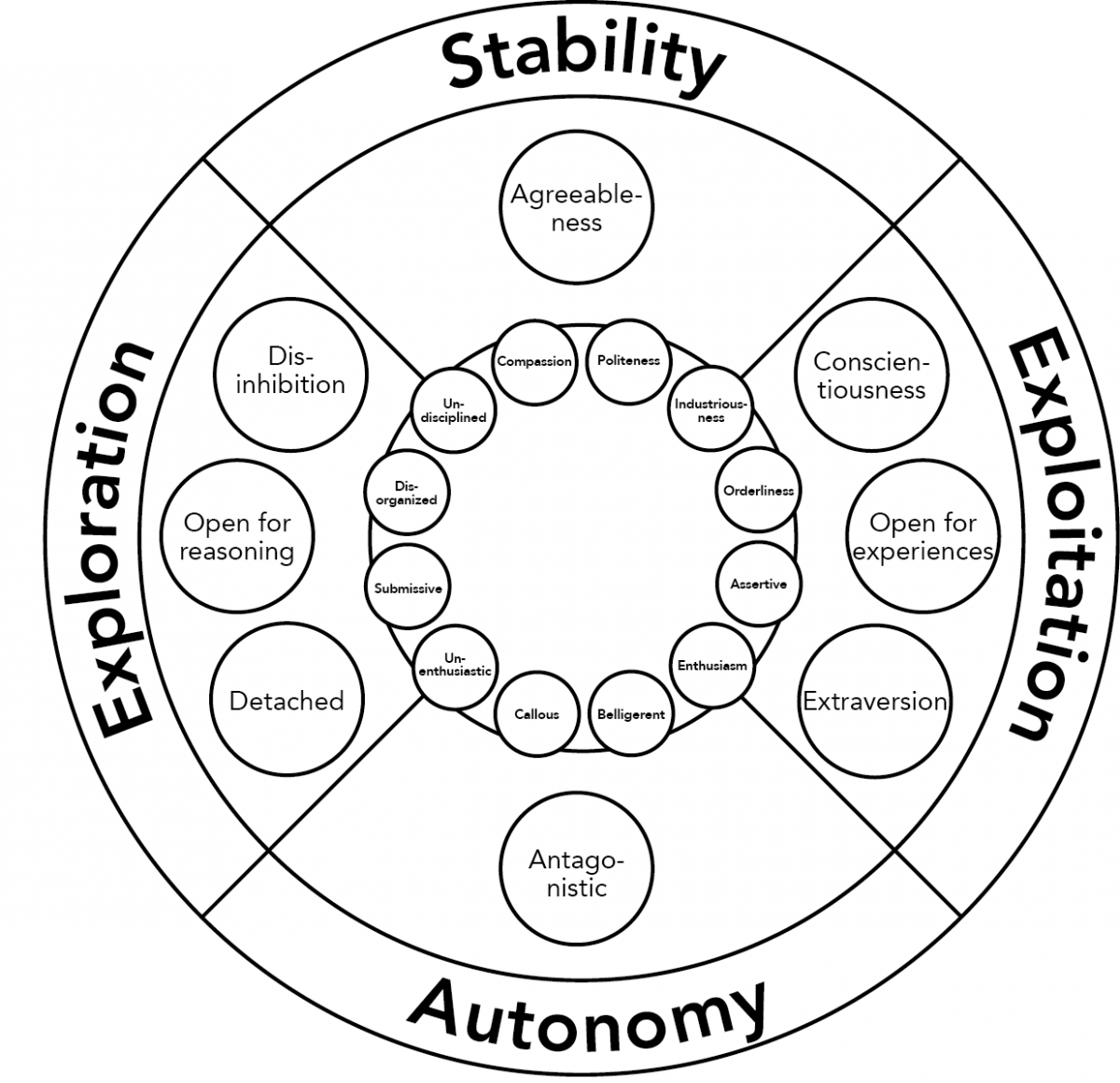People often talk about intrinsic motivation, but neuroscience hasn’t found intrinsic motivation inside the brain. Instead they have found something called instrumental learning. With instrumental learning our brain creates a probabilistic relationship between our actions and what our actions get us. In the future we do less of what gets us negative consequences and more of what gets us positive consequences. The latter makes it look as if a person has intrinsic motivation, yet can almost fully be explained by the positive consequences our behavior had in the past.
Nevertheless motivating people through positive and negative consequences has often gone astray because the intervention lacks the necessary thoroughness. For instance, the most common mistake is called the perception error where the manager thinks he knows what is a positive consequence for another person rather than ask that person, and then in actuality gives that person a negative consequence instead. Rather than seeing his mistake, he then blames his failure to motivate the other person as a fault of working with consequences whereas in reality it has to do with the perception error.
Working with consequences is called the ABC-model. In this model A stands for Antecedent which is everything that happens before the behavior or is necessary to make the behavior possible. B stands for Behavior, the desired or undesired behavior you are targeting. C stands for Consequence which is everything that happens after the behavior. There is overwhelming evidence that Consequences have a much, much bigger influence on our future behavior than Antecedents. Nevertheless, in most cases we continue to try to influence people through Antecedents rather than through Consequences.
The only thing missing is brain types. In the same way that there are different body types, we also have different brain types. Your brain type determines your evolutionary behavioral patterns. These behavioral patterns determine:
- How you are motivated.
- How you deal with your emotions.
- How you learn.
Brain types determine in a large part how the Dopamine reward system in your brain works. Therefore, if you know someone’s brain type you can predict with a high probability how you can reward him with positive consequences. Here is the list of positive consequences for each brain type:
- Type #1, the Perfectionist can be rewarded with control.
- Type #2, the Helper can be rewarded with love and attention.
- Type #3, the Successful Worker can be rewarded with material rewards and hopeless projects where he has a small chance of becoming the project’s hero.
- Type #4, the Romantic can be rewarded with justice served.
- Type #5, the Analyst can be rewarded with autonomy, personal freedom and being left alone.
- Type #6, the Loyalist can be rewarded with safety.
- Type #7, the Hedonist can be rewarded with new things to do and variation.
- Type #8, the Boss can be rewarded with power.
- Type #9, the Mediator can be rewarded with harmony.
For those people used to work with consequences but do not yet work with brain types, please note that the standard way of adding a negative consequence to undesired behavior by ignoring the person, i.e. giving the person a penalty by removing attention, doesn’t work with type #5, the Analyst.
